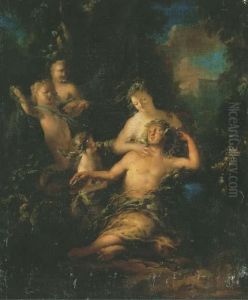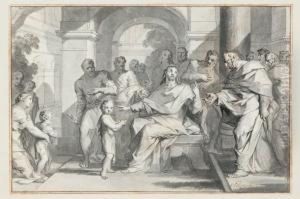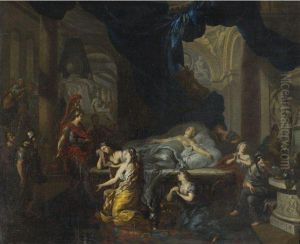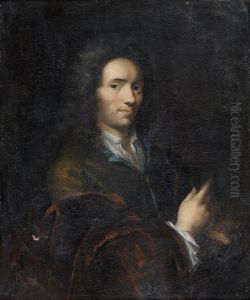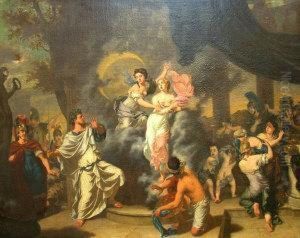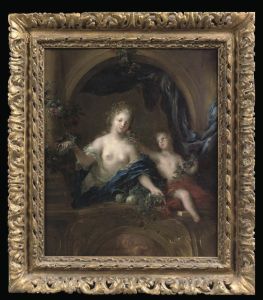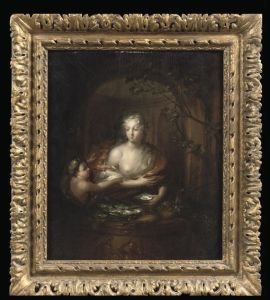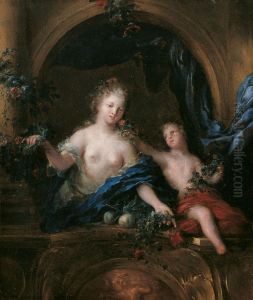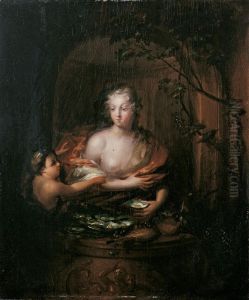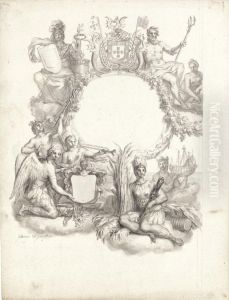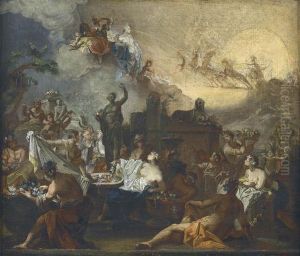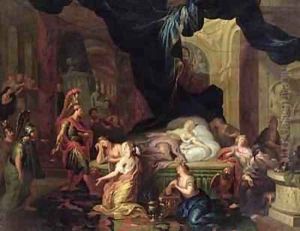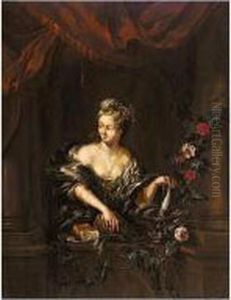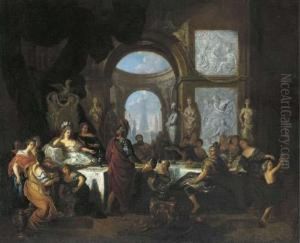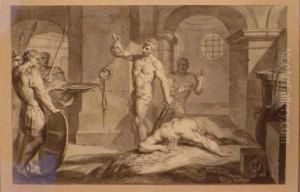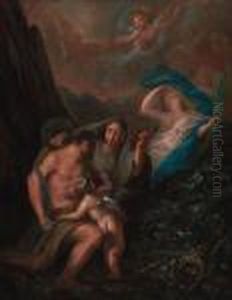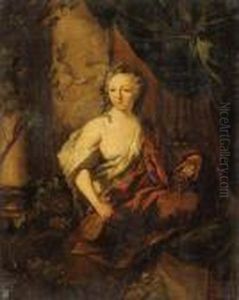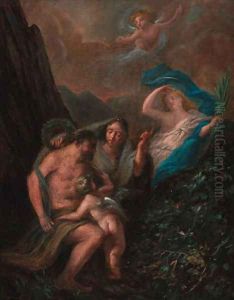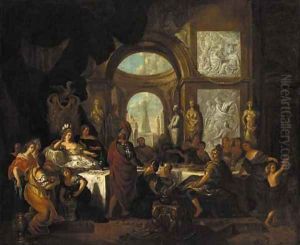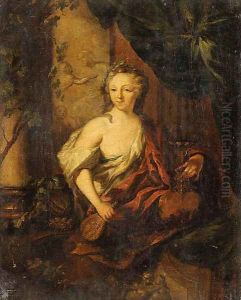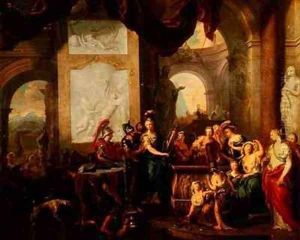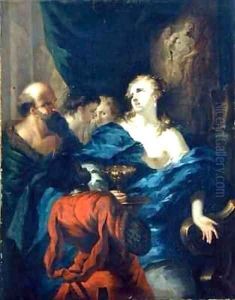Ottmar, the Younger Elliger Paintings
Ottmar the Younger Elliger, also known as Ottmar Elliger II, was a Flemish painter born in 1666 in Gothenburg, Sweden. He was the son of Ottmar Elliger the Elder, who was also a well-regarded painter of his time. Ottmar the Younger was known primarily for his work in still-life painting, particularly his intricate and lush representations of flowers and fruits which were highly esteemed for their detail and realism.
Trained by his father in the art of painting, Ottmar the Younger developed his skills early on and was influenced by the Baroque style, which was prevalent in European art of the 17th century. His compositions often showcased a dramatic use of light and shadow, a characteristic of the Baroque movement, and he was adept at creating a sense of depth and volume in his works.
Elliger the Younger spent most of his career in the Netherlands, where he moved in the late 17th century. He worked in Amsterdam and later in The Hague, where he became a member of the painters' confraternity, Confrerie Pictura, in 1701. His works were commissioned by wealthy patrons and were highly sought after for their beauty and technical excellence.
Although Elliger the Younger's works bear some resemblance to those of his father, he developed his own distinctive style. His paintings often depicted opulent bouquets and garlands, which were popular in the decorative arts of the period. He also created compositions that included animals and insects, adding a layer of naturalistic detail that brought his still lifes to life.
Ottmar Elliger the Younger's contribution to the Flemish still-life genre was significant. His paintings are characterized by their vivid colors and the tactile quality of the surfaces he depicted. Despite the fact that his name is less known today compared to some of his contemporaries, his work is considered an important part of the Flemish still-life tradition.
Elliger the Younger's work was not limited to still lifes; he also painted historical subjects and was involved in the decoration of various buildings, demonstrating his versatility as an artist. Sadly, his career was cut short when he died in The Hague in 1735. Today, his works can be found in several European art museums, where they continue to be appreciated for their elegance and mastery.
